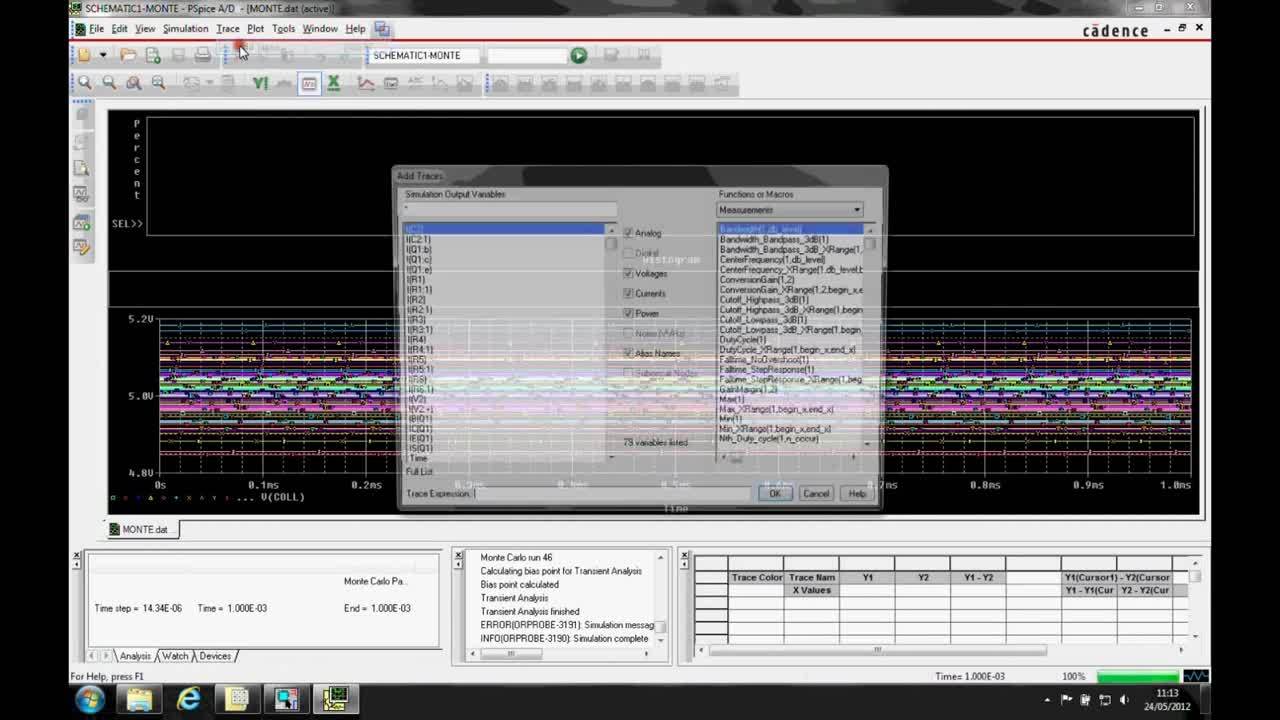Design for Reliability: Mitigating Failure in PCB Design
Key Takeaways
-
Learn what design for reliability is.
-
Explore design for reliability considerations in PCB design.
-
Find out how probabilistic design for reliability helps to create robust and cost-effective PCBs.
Design for reliability practices ensure PCB robustness
Hardware engineers have the best intentions when they set forth on a new PCB project. However, things do not always go smoothly during the PCB design process, no matter how well-intentioned an engineer is. If an engineer fails to implement design for reliability best practices in the design process, the PCB is likely to produce unanticipated problems. In this article, we will explore some design for reliability best practices to minimize failure and ensure a robust design.
What Is Design for Reliability?
Design for reliability, or DfR, is a concept that has captured the attention of hardware designers in recent years. It comprises practices, tools, and guidelines that help hardware designers produce robust and reliable PCBs. Electronic product companies adopt the design for reliability principles to minimize product defects and costly returns.
Before the emergence of DfR concepts, reliability was often an afterthought behind the creation of the schematic and PCB layout. DfR integrates reliability considerations into every stage of the PCB design lifecycle. For example, designers must consider the durability of components before confirming their usage in the PCB. Applying DfR also means performing simulations to determine probable thermal hotspots in a PCB layout.
Next, et’s take a look at a few factors that affect PCB reliability.
Key Factors Affecting Reliability
Consider component tolerance for a reliable electronics product
It sounds ironic, but to build reliable PCBs, designers have to take a pessimistic approach. While engineers hope their PCBs last through the product life cycle, they must be realistic about the potential problems that might arise in real-life situations. As a rule of thumb, a satisfactory performance in a test environment does not guarantee reliability when PCBs are deployed.
Here are a few factors that might affect PCB reliability (this list is by no means exhaustive):
Component Selection
Some components demand considerations in terms of tolerance, operating temperature, and the parasitic impedance they might introduce to the PCB. For example, use a 1% resistor in a current detection circuit, as a resistor with 5% or 10% tolerance might result in a high deviation in the readings.
Power Delivery Network
A PCB is as reliable as the integrity of its power delivery network. A lower range of voltage means there is very little room for tolerance in the voltage level. Slight fluctuations in the power supply may cause a brownout in microcontrollers. An unstable PDN might also cause semiconductor ICs to behave erratically.
Thermal Management
All PCBs produce a degree of heat. The problem is, how much heat is dissipated and whether or not this heat is efficiently released to the ambient. With the miniaturization of electronics and compact enclosures, thermal management measures are more critical than ever to prevent hotspots that affect electronics performance.
Given these factors, it is crucial that designers implement design for reliability principles into their work.
How Probabilistic Design for Reliability Works
It is possible to predict the reliability of a specific PCB design by using probabilistic modeling and simulation. Distributive probabilistic modeling allows hardware designers to gain a better idea of how likely a component or circuit is to fail over a specific period. To do that, designers provide parameters such as voltage, current, and tolerance to a simulation algorithm. Then, they analyze the results of the probabilistic model, which is presented in graphs and charts. This helps designers strike a balance between robustness and cost in their design strategy.

Monte Carlo simulation is a common probabilistic design for reliability method. It allows designers to predict probable outcomes in a design that depends on several random variables. For example, designers can use Monte Carlo simulation to show the range of electrical values that will determine performance and reliability in a circuit. This is achieved by defining a probability distribution for component values, drawing 100,000+ random component values, and using these values in a simple DC sweep or frequency sweep.
You can implement design for reliability best practices when you use PCB design and analysis software. The Monte Carlo simulation is available in the PSpice Simulator for OrCAD. Smoke analysis, another tool to evaluate overstress and reliability at the component level, is also available through PSpice and offers more specificity than the Monte Carlo simulation provides. And, the full suite of analysis tools from Cadence are ideal for implementing advanced circuit analysis techniques. You will also have access to verified models directly from manufacturers for simulating circuit behavior.
Leading electronics providers rely on Cadence products to optimize power, space, and energy needs for a wide variety of market applications. If you’re looking to learn more about our innovative solutions, talk to our team of experts or subscribe to our YouTube channel.